Introduction
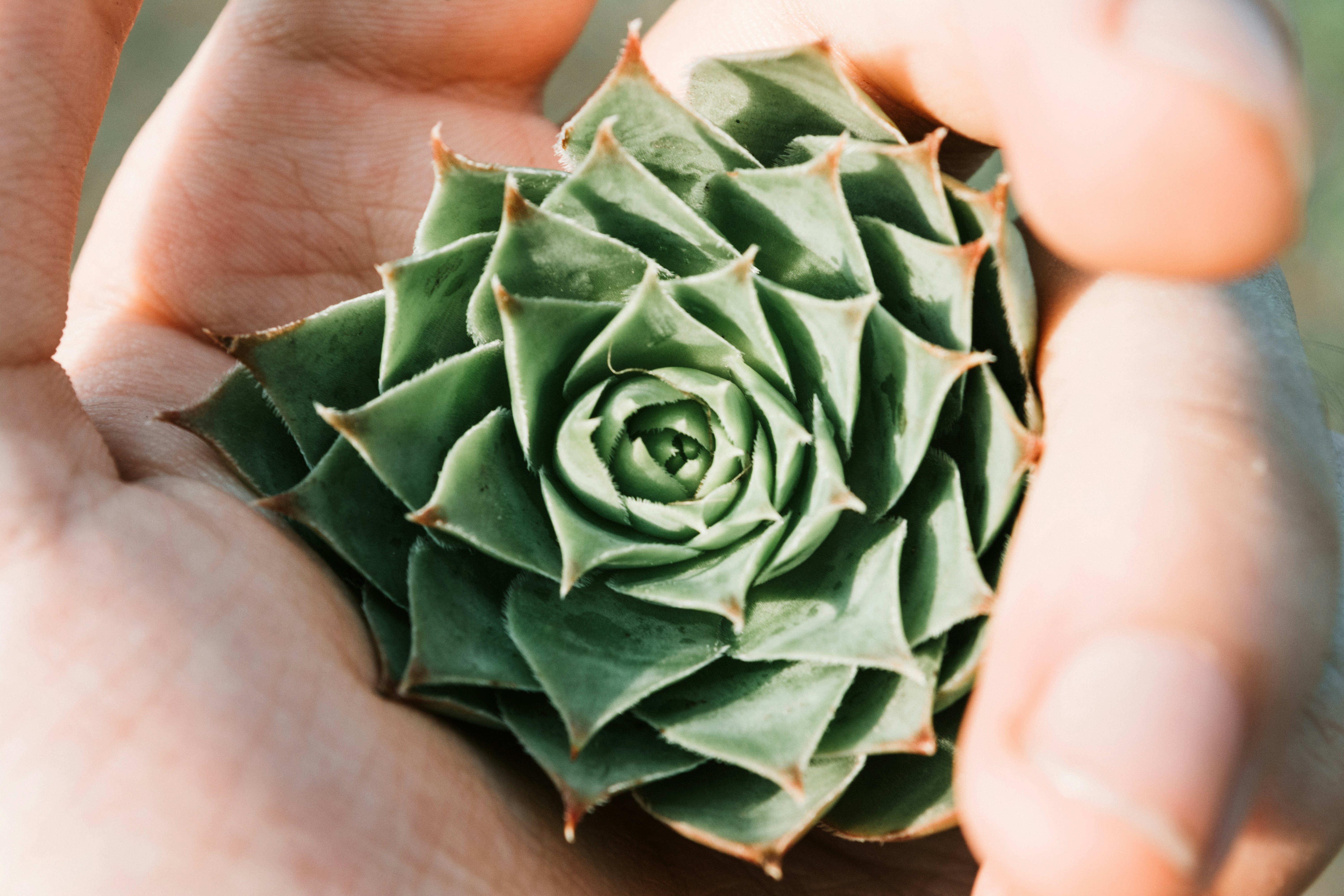
Succulents have become increasingly popular among plant enthusiasts due to their unique beauty and low maintenance requirements. Propagating succulents is not only a fulfilling and rewarding experience but also a cost-effective way to expand your collection. In this guide, we will explore the reasons why propagating succulents is beneficial and provide an overview of the propagation process.
Why propagate succulents?
Propagating succulents allows you to create new plants from existing ones, giving you the opportunity to share your love for these fascinating plants with others. It also offers a chance to rescue neglected or damaged succulents by providing them with optimal growing conditions and encouraging their growth.
Benefits of propagating succulents
One of the main benefits of propagating succulents is the ability to create a diverse collection without breaking the bank. By growing new plants from leaves or stems, you can multiply your stock and experiment with different varieties, shapes, and colors. Additionally, propagating succulents can be a therapeutic hobby that helps reduce stress and promotes mindfulness.
Overview of the propagation process
The propagation process involves taking cuttings or leaves from mature succulent plants and encouraging them to develop roots and grow into new individuals. This can be achieved through various techniques such as leaf propagation or stem propagation. Each method has its own set of requirements and challenges, which we will explore in detail in this guide.
By following proper techniques and providing optimal care, you can successfully propagate your favorite succulents while expanding your knowledge about their growth habits and needs. Let's dive into understanding the intricacies of succulent propagation!
Understanding Succulent Propagation
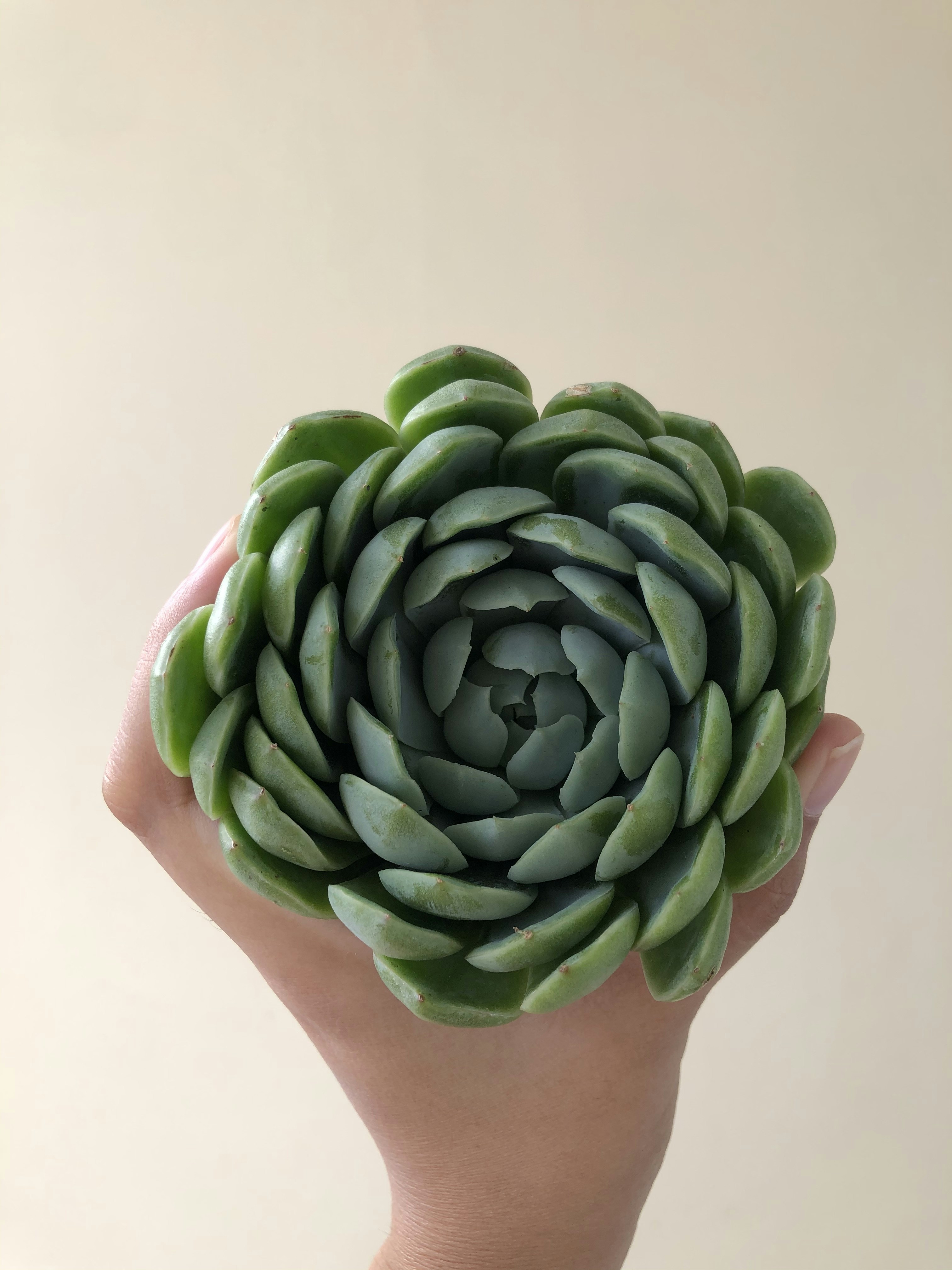
Succulent propagation is the process of growing new succulent plants from existing ones, either through leaves or stems. It is a popular and rewarding activity for succulent enthusiasts as it allows them to expand their collection and share their love for these unique plants.
Choosing healthy leaves and stems is crucial in successful propagation. Healthy leaves should be plump and firm, free from any signs of disease or damage. Similarly, stems should be strong and undamaged, with no signs of rot or pests. By selecting healthy plant material, you increase the chances of successful propagation.
There are different types of succulent propagation techniques that can be used depending on the species and preferences of the grower. Leaf propagation involves removing a healthy leaf from the parent plant and allowing it to develop roots and eventually grow into a new plant. Stem propagation, on the other hand, involves cutting a healthy stem from the parent plant and allowing it to root and form new growth.
While succulent propagation can be an exciting endeavor, there are common challenges that may arise along the way. Overwatering is one such challenge that can lead to root rot and damage to the propagated plants. To overcome this challenge, it is important to water succulents sparingly and ensure that they have well-draining soil.
Another challenge in succulent propagation is ensuring proper lighting conditions. Succulents require bright sunlight to thrive, but excessive exposure to direct sunlight can cause sunburn or scorching. Finding the right balance between light exposure and shade is essential for successful growth.
In addition to these challenges, pests such as mealybugs or aphids can infest propagated succulents. It is important to regularly inspect the plants for any signs of pests and take appropriate measures to eliminate them. Using organic pest control methods or introducing beneficial insects can help maintain a healthy environment for the propagated succulents.
By understanding the basics of succulent propagation, choosing healthy plant material, exploring different propagation techniques, and being aware of common challenges, you can increase your chances of success in propagating your favorite succulent varieties. With patience and care, you can enjoy the rewarding process of watching your propagated succulents grow into beautiful plants.
Propagation Techniques for Succulents
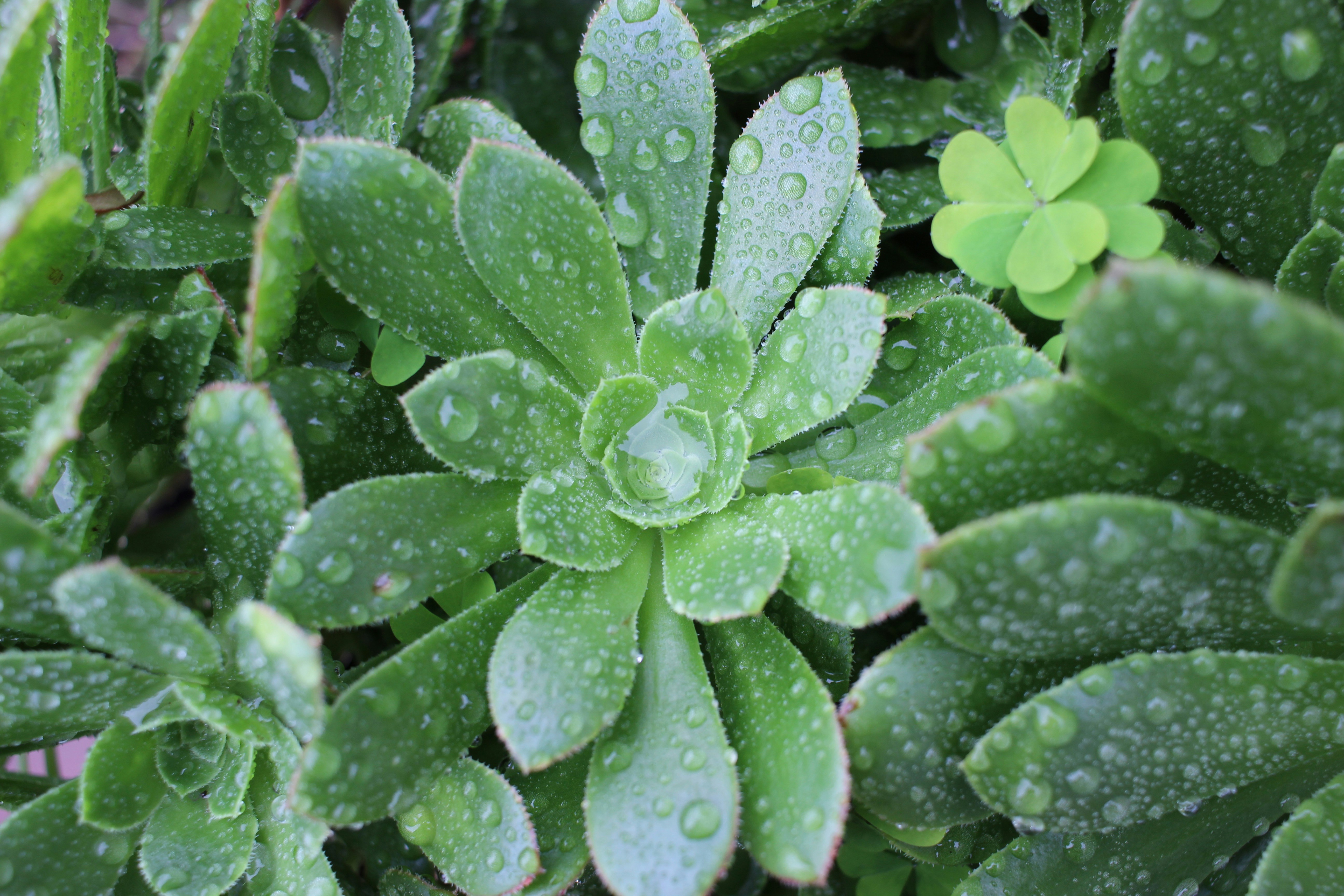
Succulent propagation can be done through various techniques, each with its own unique steps and requirements. Let's explore the different methods and best practices to ensure successful propagation.
Leaf propagation: step-by-step guide
To propagate succulents from leaves, start by gently twisting or cutting a healthy leaf from the mother plant. Allow the leaf to callous over for a few days to prevent rotting. Then, place the leaf on well-draining soil or directly on top of moist soil, ensuring that the base of the leaf is in contact with the soil. Mist the soil lightly every few days to keep it slightly moist.
Within a few weeks, you will notice tiny roots emerging from the base of the leaf and a new rosette forming at its tip. It's crucial to be patient during this process as it can take several months for a new plantlet to fully develop. Once the new plantlet has grown several sets of leaves, it can be gently separated from the mother leaf and potted individually.
Stem propagation: step-by-step guide
Stem propagation involves taking cuttings from healthy succulent stems and allowing them to root before potting them individually. Start by selecting a stem that is at least 2-3 inches long and free of any signs of damage or disease. Using clean scissors or pruning shears, make a clean cut just below a node or joint.
Allow the cutting to dry out for a day or two until the cut end forms a callus. This helps prevent rotting when placed in soil or water. Once calloused, insert the cut end into well-draining soil or place it in water until roots develop.
If using soil, mist lightly every few days until roots form, then gradually reduce watering frequency as new growth appears. If using water propagation, change the water every week to prevent the growth of algae or bacteria. Once the cutting has developed a healthy root system, it can be potted in its own container.
Water propagation vs. soil propagation
Water propagation involves placing succulent cuttings in water until they develop roots, while soil propagation requires planting the cuttings directly into well-draining soil. Both methods have their advantages and disadvantages.
Water propagation allows for easy monitoring of root development and is ideal for certain succulent varieties that root more readily in water. However, it can be more challenging to transition water-propagated succulents to soil, as they may struggle to adapt to the different growing conditions.
Soil propagation provides a more natural environment for succulents and encourages stronger root growth. It also eliminates the risk of overwatering that can occur with water propagation. However, it may take longer for roots to develop in soil compared to water.
Best practices for success
Regardless of the propagation method chosen, there are some general best practices to follow for successful succulent propagation. Firstly, ensure that you are using well-draining soil or clean water to prevent rotting or fungal growth.
Next, place your propagating succulents in a bright location with indirect sunlight. Too much direct sunlight can scorch the delicate new growth, while too little light can result in weak plants.
Lastly, avoid overwatering your propagated succulents as this can lead to root rot. Succulents thrive in dry conditions and only require watering when the soil is completely dry.
Remember that each succulent species may have specific requirements and preferences when it comes to propagation techniques. It's always helpful to research individual species or consult experienced gardeners for guidance on specific varieties.
Caring for Propagated Succulents
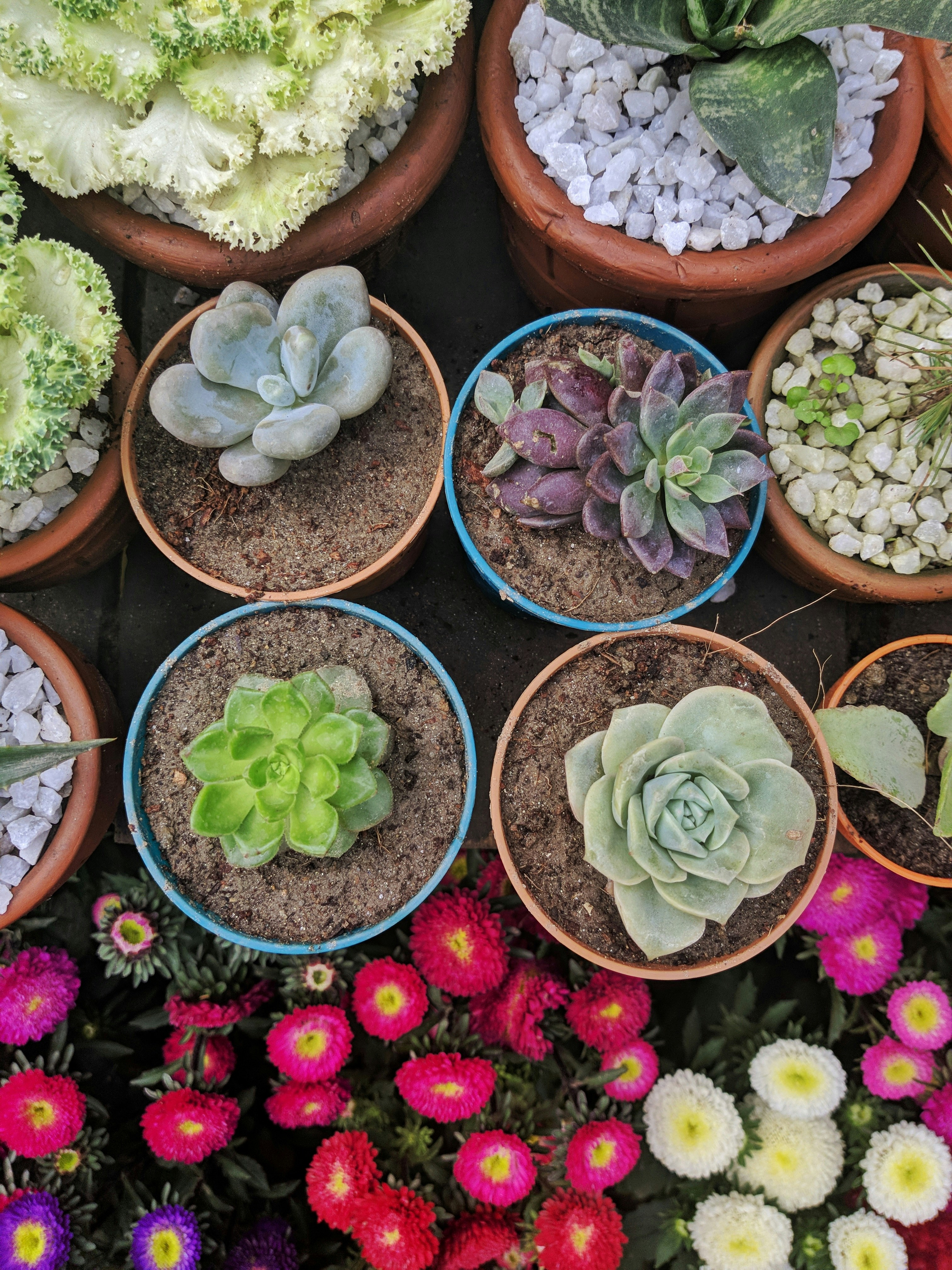
Once you have successfully propagated your succulents, it's important to provide them with proper care to ensure their continued growth and health.
Transferring propagated succulents to pots
Transferring your propagated succulents to pots is an exciting step in their journey. Choose pots that have drainage holes to prevent water from pooling at the bottom, leading to root rot. Gently remove the propagated plants from their propagation medium, being careful not to damage the delicate roots or leaves. Place them in well-draining soil, making sure not to bury the leaves too deeply. Allow the plants some time to adjust before watering.
Providing the right amount of light, water, and nutrients
Succulents thrive in bright light conditions, so place your propagated plants near a sunny window or under grow lights. However, be cautious of intense direct sunlight that can scorch their leaves. As for watering, succulents prefer infrequent but deep watering sessions. Allow the soil to dry out completely between waterings and avoid overwatering, as this can lead to root rot. When it comes to nutrients, use a balanced fertilizer specifically formulated for succulents and follow the instructions on the packaging.
Preventing common issues like root rot and overwatering
Root rot is one of the most common issues faced by succulent growers, but it can be easily prevented with proper care. Ensure that your pots have drainage holes so excess water can escape freely. Avoid letting water sit in saucers or trays underneath the pots as this can lead to waterlogged soil. Additionally, be mindful of overwatering your succulents. Remember that they are adapted to arid conditions and prefer drier soil. Stick to a consistent watering schedule and always check the moisture level of the soil before watering.
Pruning and maintaining propagated succulents
Regular pruning is essential for maintaining the shape and health of your propagated succulents. Remove any dead or yellowing leaves by gently pulling them off at the base. If you notice leggy growth or elongated stems, consider providing more light or rotating the plant to encourage even growth. You can also pinch off the tips of stems to promote branching and create a fuller appearance. Keep an eye out for any signs of pests or diseases, such as mealybugs or fungal infections, and take appropriate measures to address them promptly.
By following these care guidelines, your propagated succulents will thrive and continue to bring beauty to your indoor or outdoor space.
Troubleshooting Common Problems
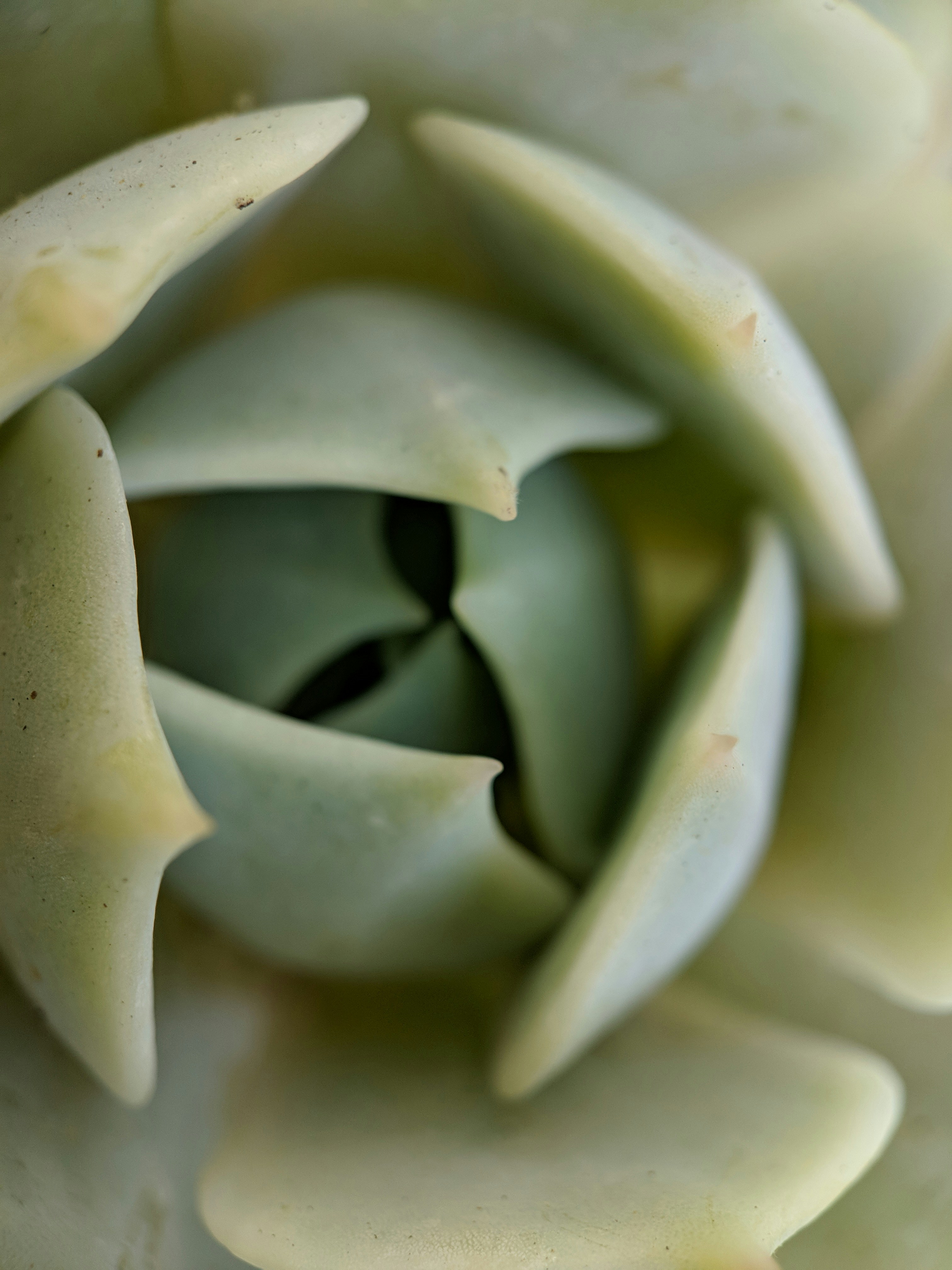
When propagating succulents, it's important to be aware of common problems that may arise and how to address them. Here are some troubleshooting tips for dealing with yellowing or wilting leaves, mold or fungus growth, leggy or stretched succulents, and pests and diseases.
Yellowing or Wilting Leaves
Yellowing or wilting leaves can be a sign of overwatering or underwatering. It's crucial to find the right balance when it comes to watering your propagated succulents. Ensure that you're providing enough water for the roots to absorb but avoid saturating the soil. If you notice yellowing leaves, reduce watering frequency and allow the soil to dry out between waterings.
Mold or Fungus Growth
Mold or fungus growth on your propagated succulents can occur due to excessive moisture and poor air circulation. To prevent mold or fungus from developing, make sure your pots have adequate drainage holes and use well-draining soil mixtures specifically designed for succulents. Additionally, avoid misting the leaves directly as this can create a damp environment ideal for fungal growth.
Leggy or Stretched Succulents
Leggy or stretched succulents are typically caused by insufficient light exposure. When propagating succulents indoors, they may not receive enough natural sunlight, leading to elongated stems and sparse foliage. To remedy this issue, place your propagated succulents in a location where they can receive bright indirect light for at least six hours a day. Consider using grow lights if natural light is limited.
Dealing with Pests and Diseases
Pests such as mealybugs, aphids, and spider mites can infest propagated succulents if proper precautions are not taken. Regularly inspect your plants for any signs of pests like webbing, sticky residue, or tiny insects. If you notice an infestation, isolate the affected plants and treat them with organic insecticidal soap or neem oil. Additionally, be mindful of common succulent diseases like root rot and fungal infections by avoiding overwatering and providing good airflow.
Remember, troubleshooting common problems in succulent propagation is part of the learning process. By being observant and proactive in addressing these issues, you can ensure the health and success of your propagated succulents.
Creative Ideas for Succulent Propagation
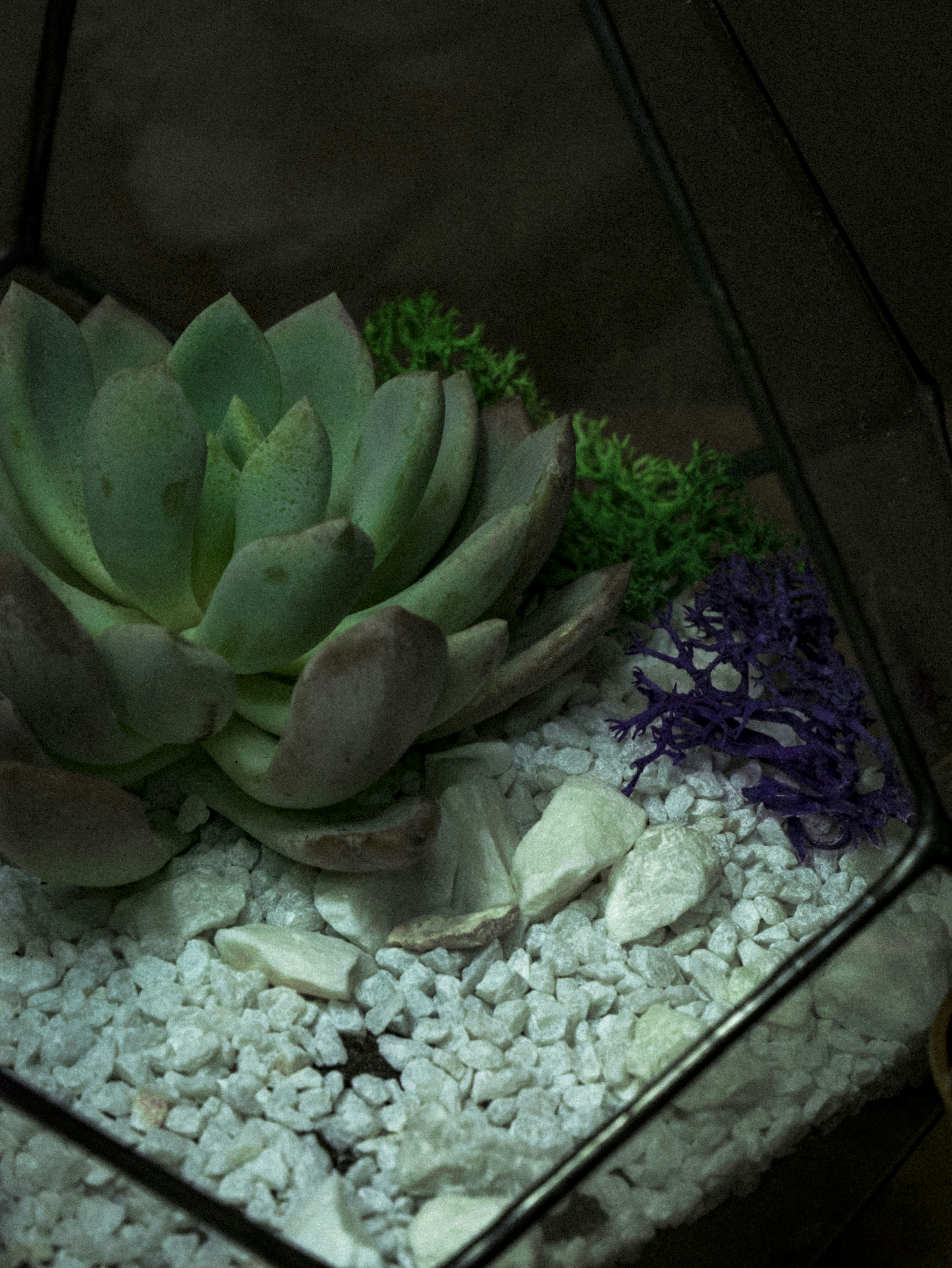
Succulent propagation opens up a world of creativity and endless possibilities. Here are some exciting ideas to explore:
Creating succulent arrangements and terrariums
Succulents are perfect for creating stunning arrangements and terrariums. Mix and match different varieties with varying colors, shapes, and textures to add visual interest. Arrange them in unique containers like vintage teacups or glass jars to create eye-catching displays. Incorporate other elements like rocks, sand, or moss to enhance the overall aesthetic.
Image description: A vibrant succulent arrangement in a glass terrarium, featuring a variety of succulent species with different colors and textures.
Image name: succulent-arrangement-terrarium
Alt tag: A beautiful succulent arrangement in a glass terrarium showcasing various propagation techniques for succulents.
Using propagated succulents for gifts and decorations
Propagated succulents make thoughtful gifts or decor pieces for any occasion. Fill small pots or mini planters with propagated leaves or stems, adding a personal touch by decorating them with ribbons or personalized tags. These charming creations can be given as party favors, wedding souvenirs, or simply used as decorative accents around the house.
Image description: A collection of small pots filled with propagated succulents arranged on a wooden shelf, ready to be given as gifts.
Image name: propagated-succulents-gifts-decorations
Alt tag: Beautifully potted propagated succulents ready to be gifted as unique decorations using propagation techniques for succulents.
DIY succulent propagation projects
Engage your creative side by embarking on exciting DIY projects using propagated succulents. Create living walls by attaching propagated leaves or stems onto vertical frames made from wood or wire mesh. Design your own hanging planters using macrame holders and fill them with propagated succulents for a boho-inspired look. The possibilities are endless, limited only by your imagination!
Image description: A DIY living wall made of wooden frames filled with propagated succulents, creating a lush and vibrant vertical garden.
Image name: diy-succulent-propagation-projects
Alt tag: A stunning DIY living wall showcasing various propagation techniques for succulents, adding a touch of green to any space.
Unique and eye-catching succulent varieties for propagation
Explore the world of unique and eye-catching succulent varieties that are perfect for propagation. From the mesmerizing Echeveria 'Lola' with its rosette shape and pastel hues to the striking Crassula 'Buddha's Temple' with its stacked leaves resembling ancient architecture, there is no shortage of fascinating succulents to propagate. Experiment with these extraordinary varieties to create truly remarkable displays.
Image description: A close-up of Echeveria 'Lola', a unique succulent variety known for its rosette shape and pastel-colored leaves.
Image name: unique-eye-catching-succulent-varieties
Alt tag: Echeveria 'Lola', an extraordinary succulent variety perfect for propagation techniques, displaying its captivating rosette shape.
By exploring these creative ideas, you can take your passion for propagating succulents to new heights. Let your imagination run wild as you experiment with different techniques and showcase the beauty of these resilient plants in various forms.
Conclusion
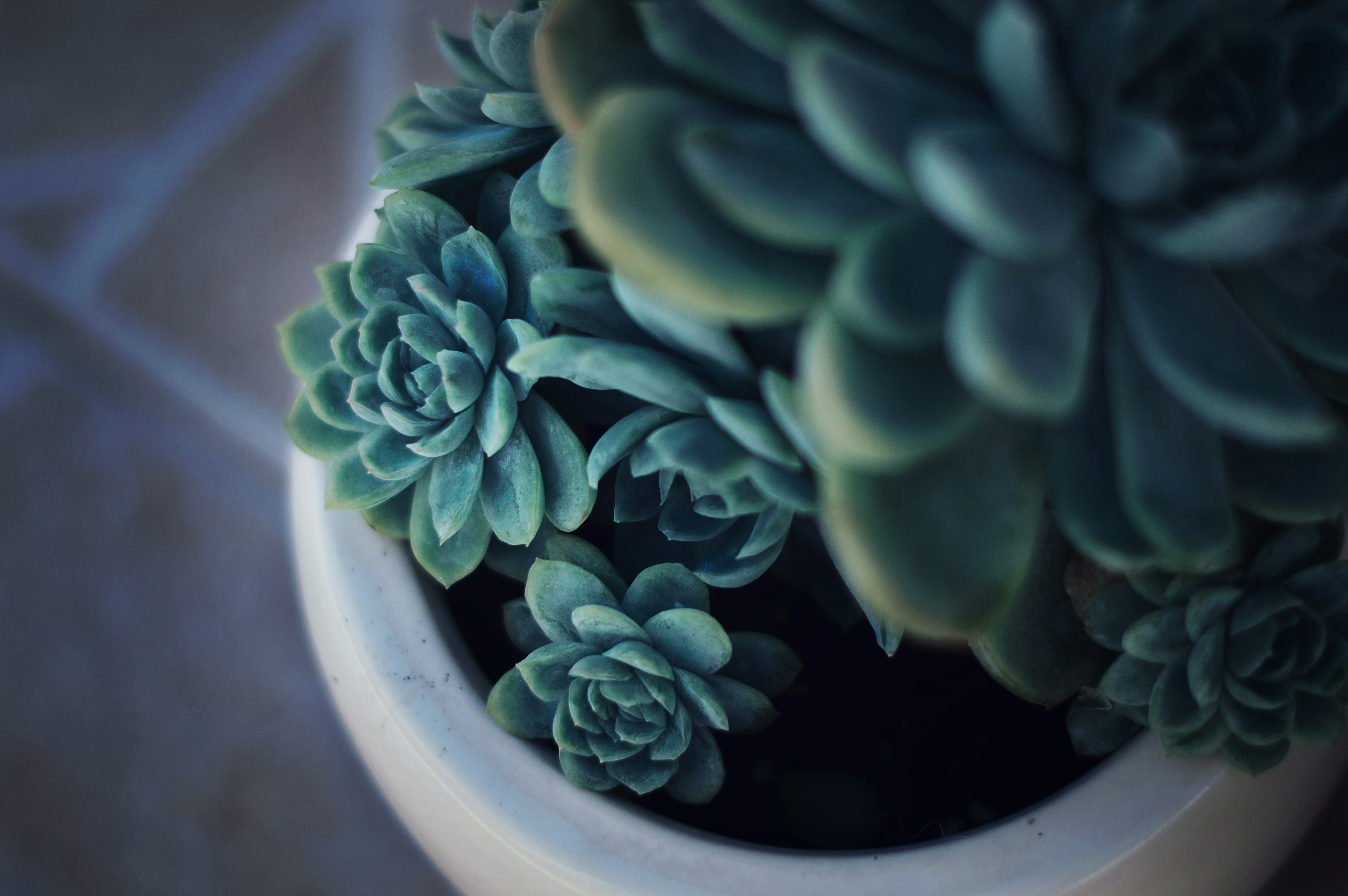
Enjoy the fulfilling journey of propagating succulents and witnessing their growth and beauty firsthand. There is something truly special about nurturing new life and watching it thrive. Share your triumphs and experiences with fellow succulent enthusiasts, as they can offer valuable insights and advice. Remember that learning is a continuous process, so keep exploring different techniques and experimenting with various succulent varieties to expand your knowledge and skills in the world of propagation.
